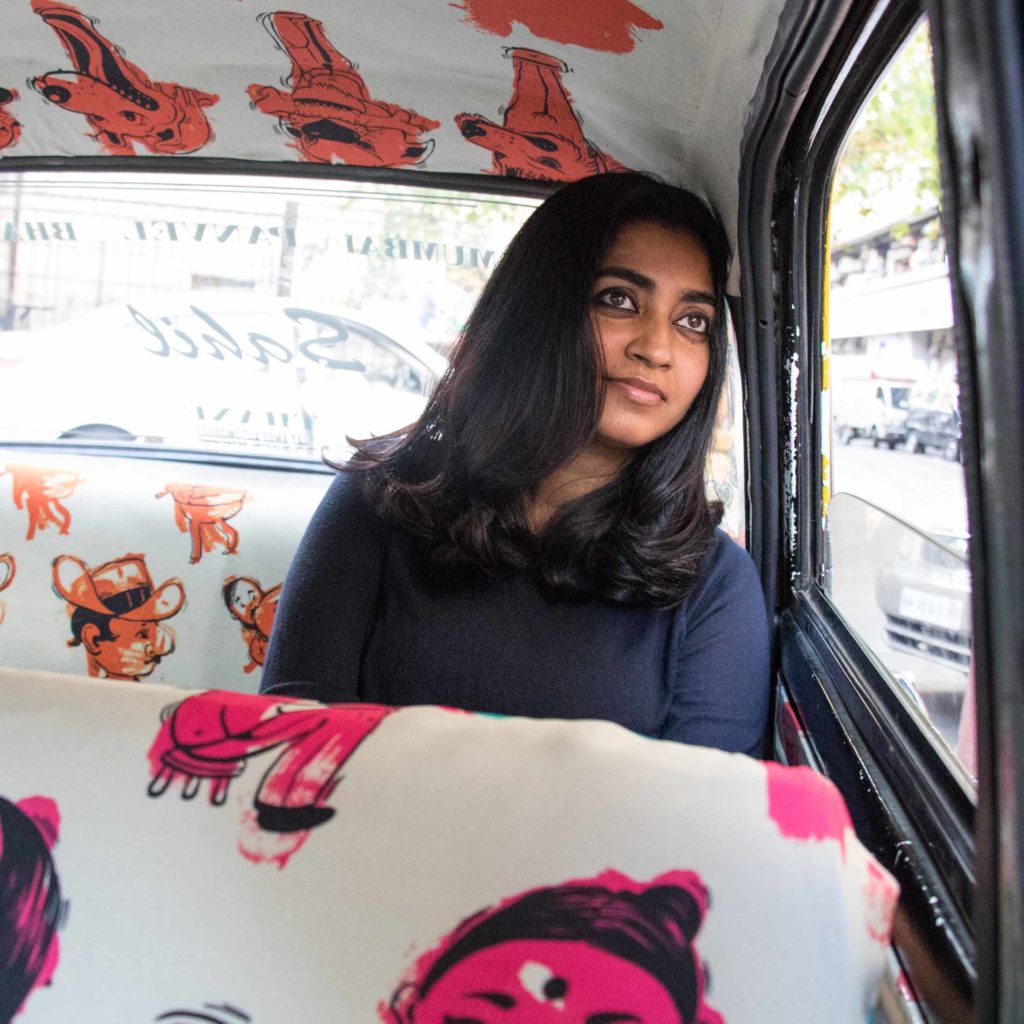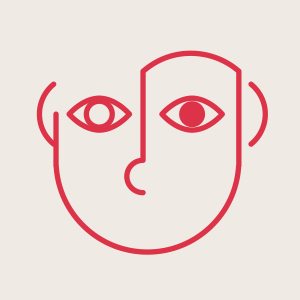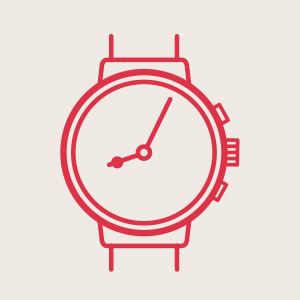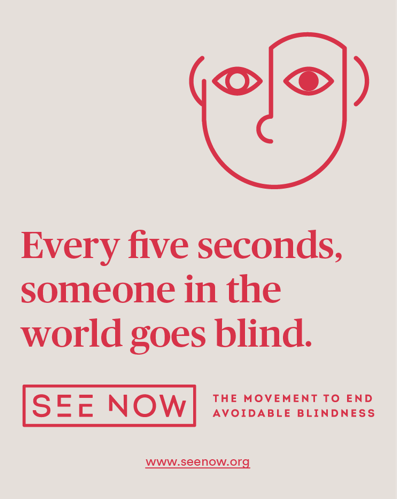Have you seen the Mumbai taxi raising awareness around avoidable blindness? This taxi is filled with vibrant designs to spark conversations about the amount of blindness in India that is preventable or treatable.
This taxi is sparking conversations around avoidable blindness!
Posted by See Now on Wednesday, 29 March 2017
See Now worked with art collective Taxi Fabric to refit this taxi with thought provoking artwork. We interviewed Anant Ahuja, one of the masterminds behind Taxi Fabric, and asked him a few questions about their work.
Tell us about Taxi Fabric.
Taxi Fabric started off as a design project in Mumbai and has now grown into a globally recognised meta-educational platform. We collaborate with local designers to create textile patterns inspired from indigenous cultures and symbols, and then fit them inside local transport like taxis and rickshaws.
Our purpose also is to lend a voice to social issues and champion burning causes. We have worked on a number of social issue taxis such as the sign language taxi, the ambulance taxi, the taxi for the deaf and mute and so on.
One of our taxis designed by Pakistani designer Samya Arif also got featured in a Coldplay video.
Currently Taxi Fabric is operational in Mumbai and Delhi with over 200 taxis up and running.
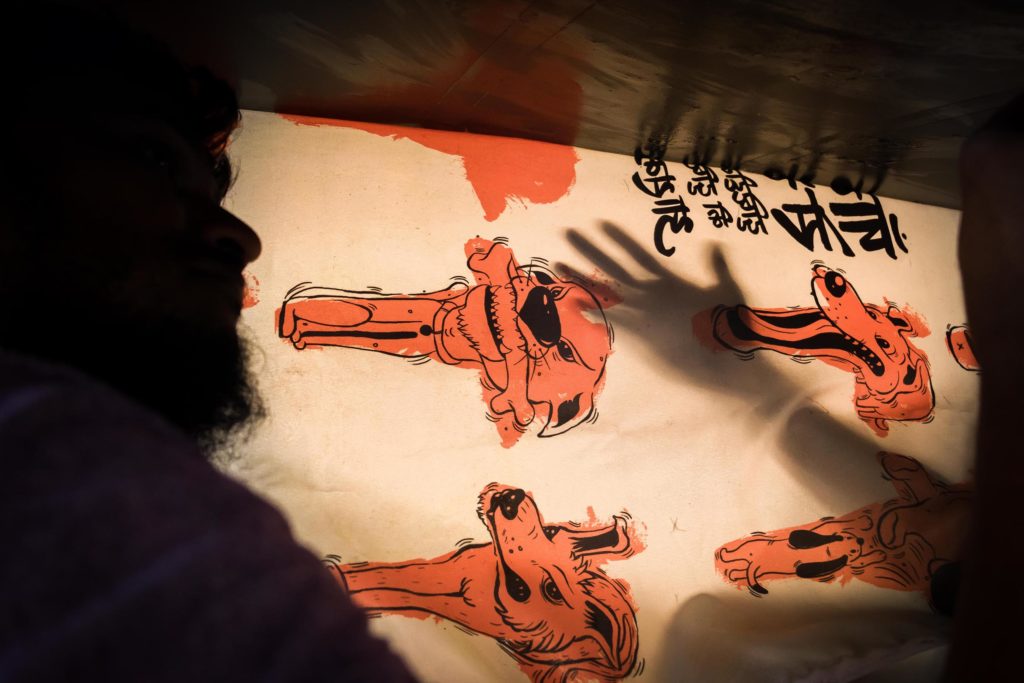
What is your latest taxi about?
See Now informed us that 4 out of 5 people who are blind can be cured by corrective surgery, and we thought this to be a path-breaking story. We felt the need to put out the message effectively and immediately, in our own way – through art and design.
The idea was to use an approach that would include the visually impaired children themselves, in the process of creating an awareness through Taxi Fabric. A workshop was conducted by Jezreel Shah Nathan, the designer of this taxi and Sanket Avlani, founder of Taxi Fabric.
In this workshop, the kids were given art supplies and a word. Each of them were to paint that word on paper. Considering their visual impairment, most of the kids’ representations of those words were in the form of abstract looking paint splotches.
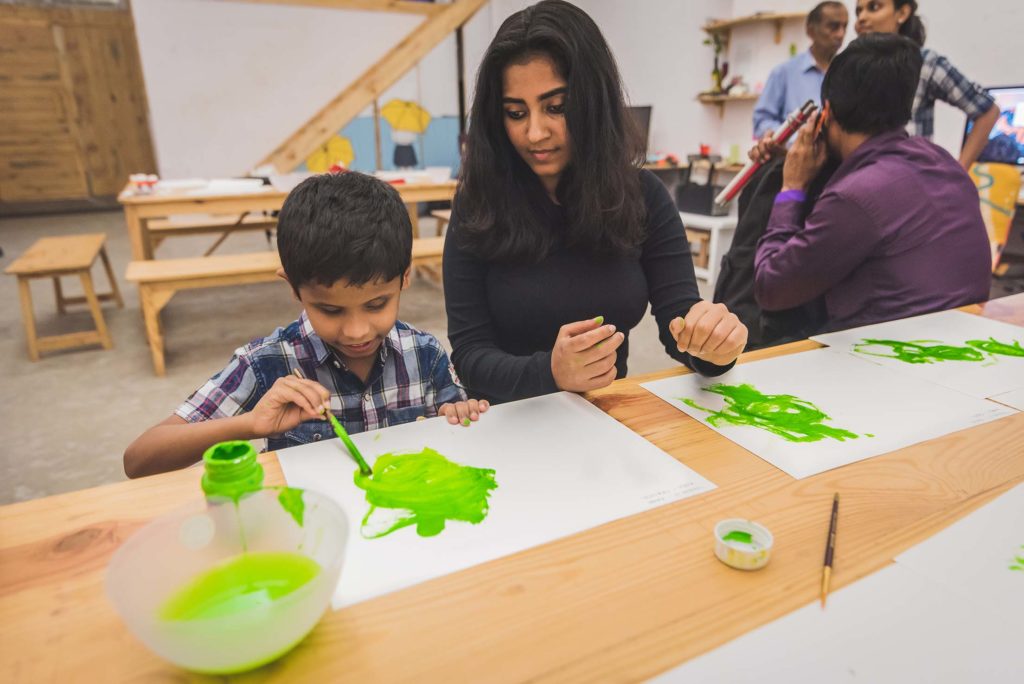
The next step was to take these painted splotches and draw over their representations of the words given, to create more recognisable and realistic forms of those words. By doing this exercise Jezreel’s aim was to show the child’s impairment before surgery through their painted splotches, and the drawings that she did over their paint splotches were symbolic of the improvement in vision that corrective surgery can bring about, thus representative of what the child could see after this corrective surgery.
To visually represent the message that every 4 out of 5 visually impaired kids could have their sight restored, Jezreel placed one paint splotch alongside 4 more of the same splotches with 4 variations of line drawings of each corresponding word.
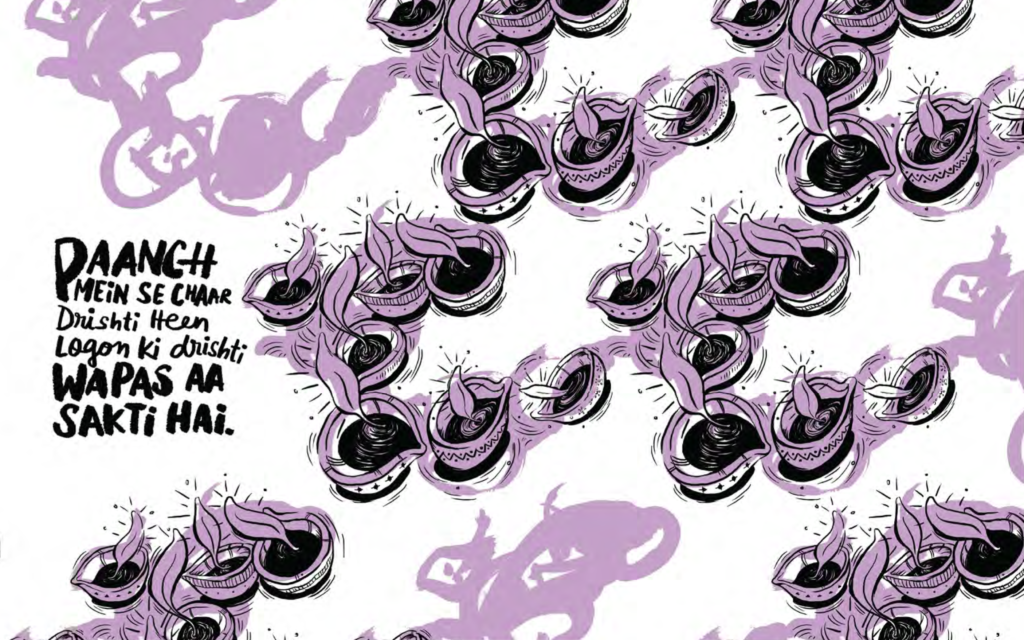
Where did the designs come from?
We invited 10-12 visually impaired and partially visually impaired individuals to our studio. Providing them with drawing stationery, we asked them to draw certain words under the guidance of Jezreel & Sanket. After the workshop, Jezreel sat down with each of the artworks and gave them form and meaning.
For us, it has been an experience we will never forget. Seeing the artists let their imagination go wild and draw things they’ve only felt and not seen was special. We would like to wholeheartedly thank Upasana Makati, Founder, White Print for her guidance and helping us pull this workshop through. To say it was an afternoon spent right would be an understatement.
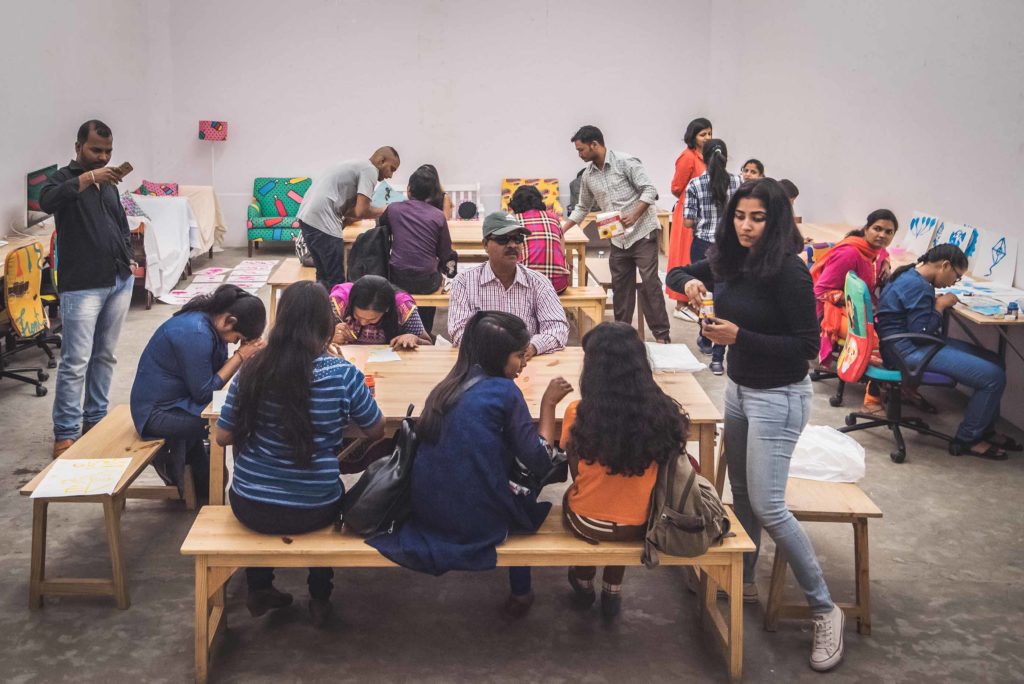
Do you think many people know that eye health is such a big issue?
Surprisingly, no. Hardly any people are aware of this issue. And to be honest, even we didn’t know this fact. So when it brought to our attention, it came as a shocker. It made us want to do something about it immediately. So through this collaboration with See Now, we truly hope to make people aware of this issue.
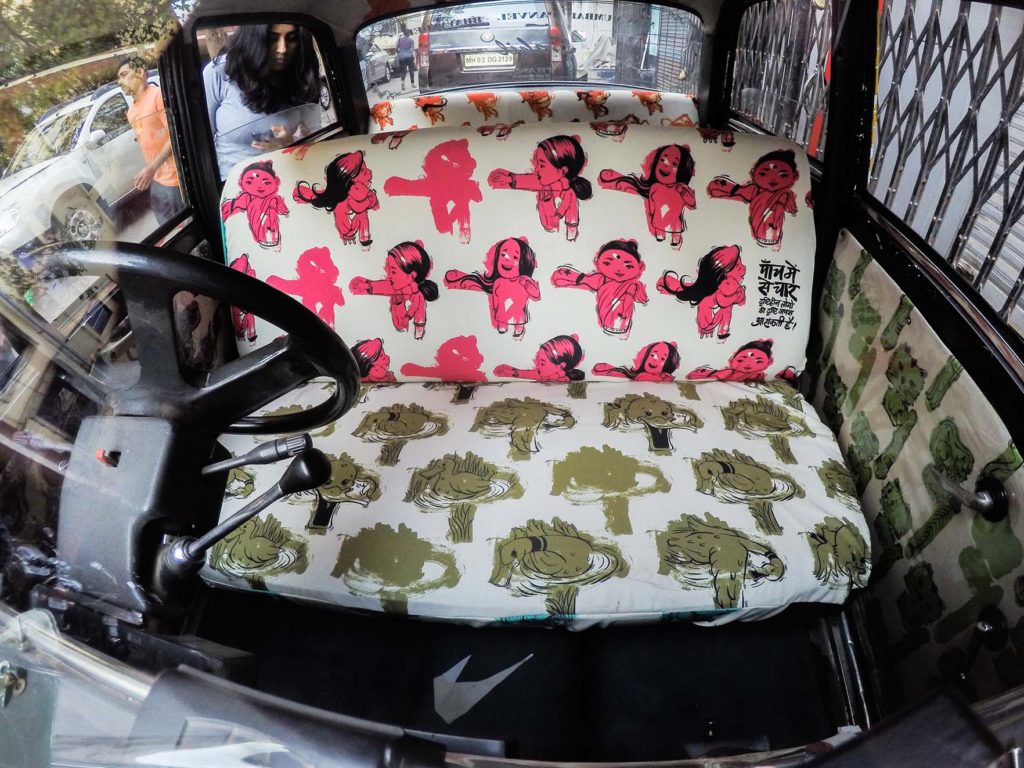
Do you believe more needs to be done to help end avoidable blindness in India?
Yes, definitely! A lot more needs to be done and we’re positive it will be done. Through this taxi, we’re trying to rally in more people so that conversations are started, people positively feel something about it, and the Government takes some correction and immediate action about it.
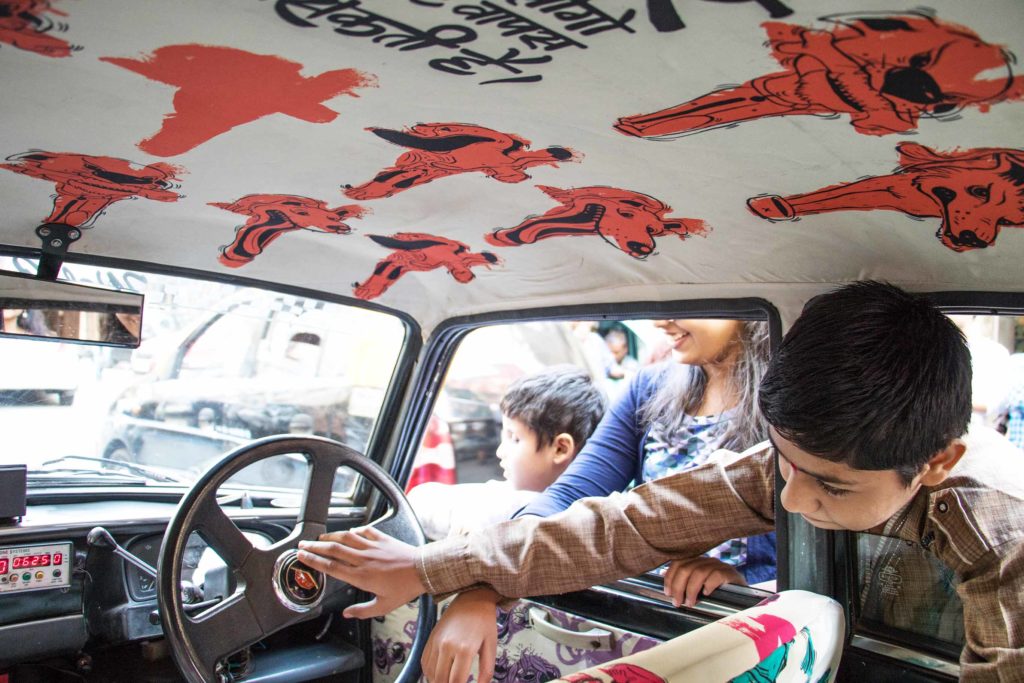
What do you hope people will get out of this taxi?
We personally feel that not enough light has been shed on this issue thus far and we want people to be more aware, conscious and open to talking about it. When people are being driven home on this taxi, we want this issue to also be driven home. We want people to start conversations. We want people to think, talk, and write about it. We want to leave them thoughtful, pained, angered, and more sensitive to the world outside.
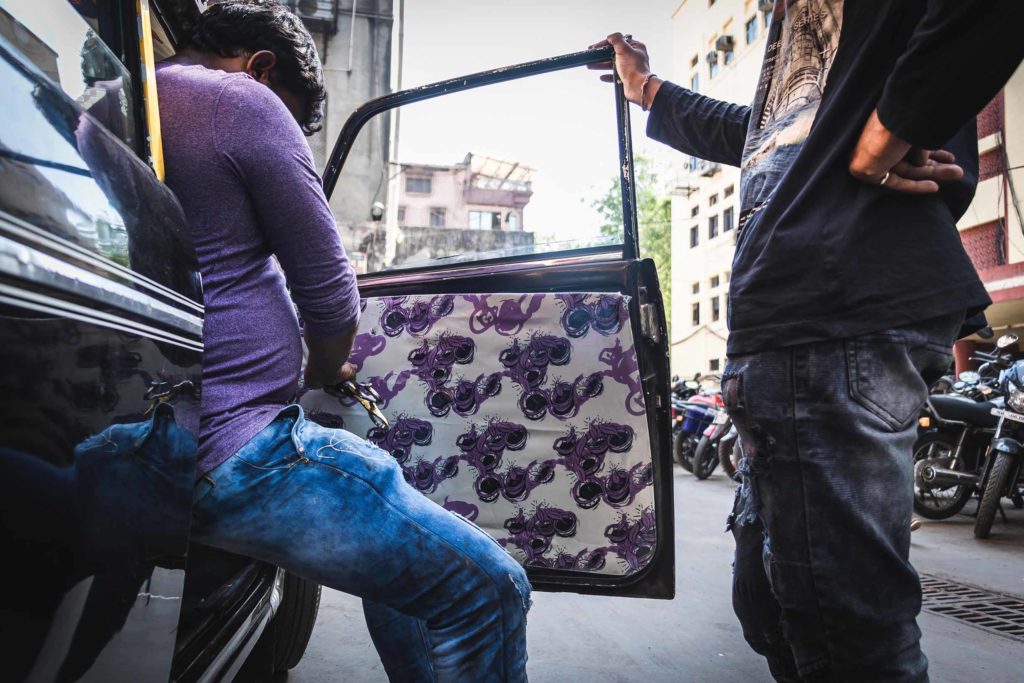
Do you have any plans for the future on this project?
We want to host an exhibition of these artworks by Jezreel Shah Nathan at Soul Patch. We also want to do more of such work collaborating with other artists and visually impaired individuals.
